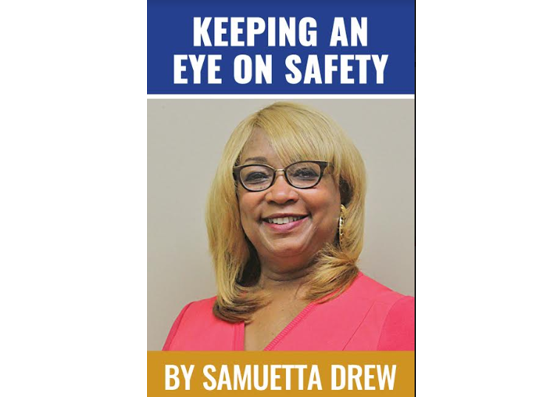By Samuetta Hill Drew
Last week the Biden administration launched a website (www.covidtests.gov) in its fight about the spreading of COVID-19. Every American household can order four free COVID-19 home self-testing kits. The rapid home self-testing kits will ship in seven to twelve days. Shipping is also free.
The process is very user friendly and simple. You visit the website listed above and simply type in your name, email address and shipping address. You have the option of providing your email address to receive shipping updates. An order confirmation will also be sent to your email address.
Note, the website will not process more than one order per household address. If you attempt to try and order again, you will receive this notification “At-home COVID-19 tests have already been ordered for this address. We are unable to process duplicate orders for the same address.”
Once the kits have arrived and you have a reason (reasons listed in last week’s safety article) to use it. Let’s explore the proper way to use them based upon the Centers for Disease Control and Prevention (CDC) recommended guidelines. *Caution – Do Not Take The Test For Fun*
Begin by completely reading the manufacturer’s instruction before using the test. The CDC offers a video on How to Use a Self-Test. The video is about 2:45 minutes.
Prepare to collect a specimen by using the following recommendations:
•Wash your hands with soap and water for at least 20 seconds.
•Open the box and follow the instructions included with the self-test to collect your own nasal or saliva specimen.
•If you do not collect the specimen as directed, your test results may be incorrect.
You should follow the instructions exactly as written and perform the steps in the order they are listed. Most self-tests require the collection of a nasal specimen. A few self-tests require a saliva specimen. Once collected, use the specimen as described in the instructions to complete the self-test.
The CDC has these helpful tips:
•Store all test components according to the manufacturers’ instructions until ready for use.
•Check the expiration date. Do not use expired test or test components that are damaged or appear discolored based on the manufacturer’s instructions.
•Clean the countertop, table, or other surfaces where you will do the test.
•Do not open devices or other test until you are ready to start the testing process.
•Have a timer ready because you may need to time several of the test steps.
•Read the test results only within the amount of time specified in the manufacturer’s instructions. A result read before or after the specified time frame may be incorrect.
•Do not reuse test devices or other components.
It is important that after you have your results, you discard the specimen collection swab or tube and test in the trash, clean the surface that the specimen may have touched, and wash your hands again. When cleaning the surface use soap and water, or disinfectant wipes or other cleaning products. Do not use only plain water.
Next week’s safety article will review the different test results, how to interpret them and what are the recommended steps for each. It is important to have and properly use this information to help you Keep an Eye on Safety for you and your loved ones.




